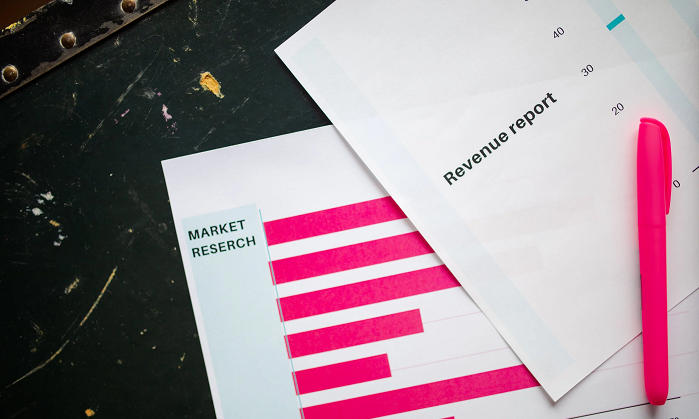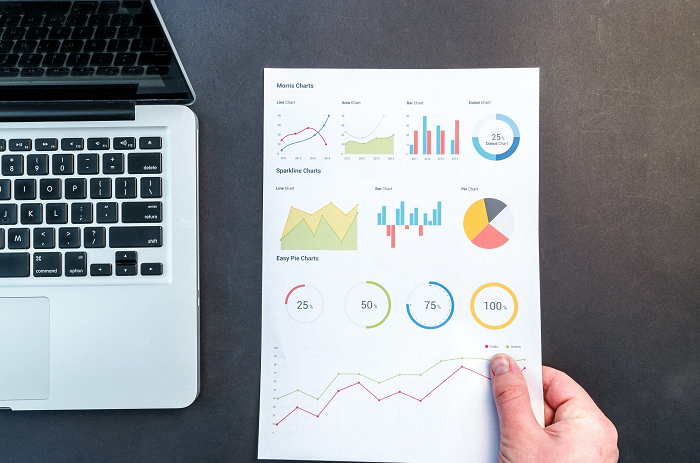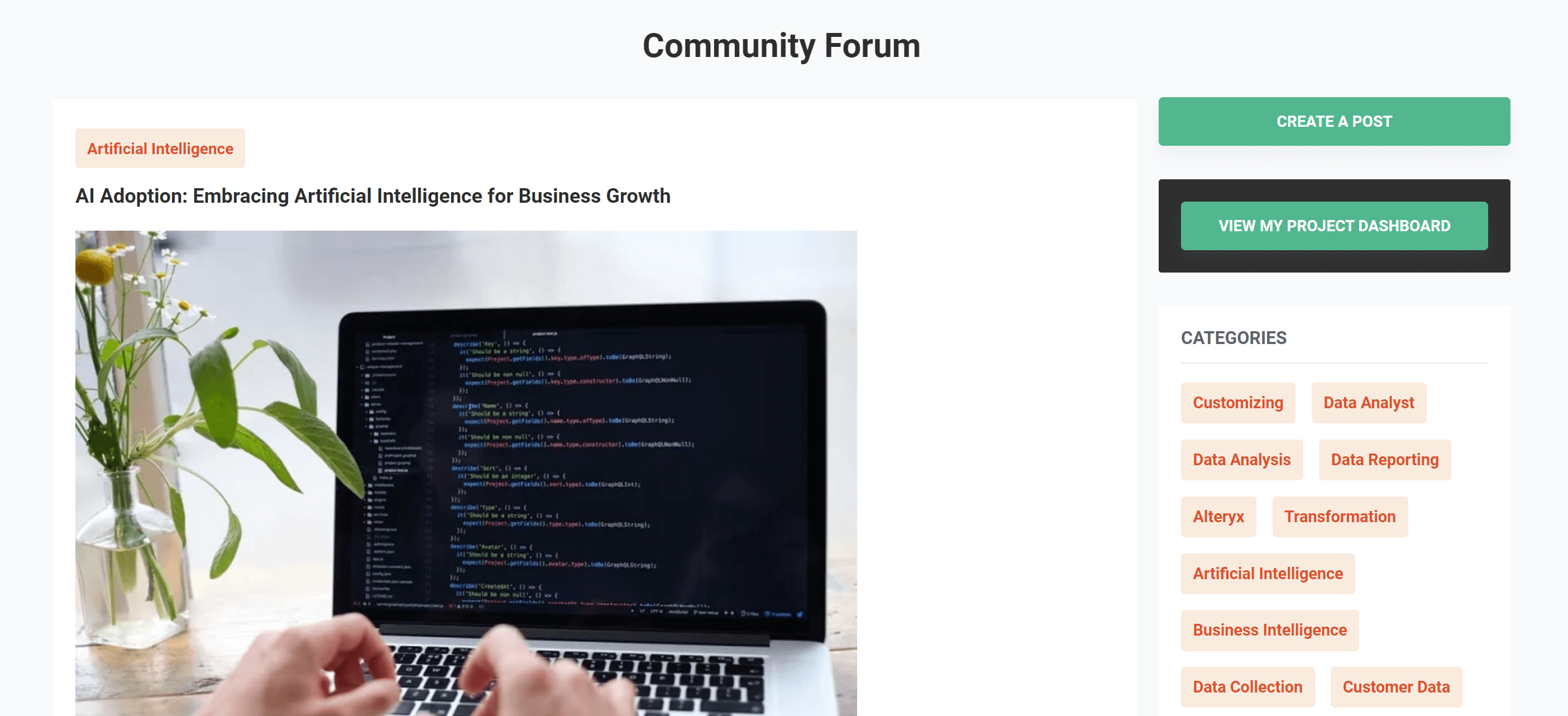Using Data Analytics to Increase Revenues

Data analytics is an essential tool in improving business performance.
Businesses, both small and large today, are generating enormous amounts of data. Every transaction, every impression, every digital touchpoint produces data. Knowing how to capture and manage this data is not enough. Business owners and managers need to be able to understand and interpret this data in ways that can directly improve business operations and results.
How data analytics can increase revenues
A recent study states that companies that pivot to data driven strategies can experience “up to 30% in cost efficiency savings and 20% increase in revenue.” Data analytics can deliver valuable insights on the most efficient ways to manage resources, plan more effectively and understand customers better. Using this knowledge can help businesses increase their revenues while using their resources more efficiently. Here are some of the top ways Data analytics can impact revenue generation:
1. Right market segmentation
Every business needs to understand its customers – whether it is operating in a B2B or B2C environment. Developing the appropriate market segmentation is critical to the success of new products, and the ability to target products to different market segments. Customer segmentation driven by data analytics can help businesses design more personalised and effective marketing campaigns – directly addressing customer needs and concerns. This means your business will be able to generate revenues more effectively from different segments by delivering products/services informed by real world data insights.
2. Using predictive analytics and forecasting
Planning is the key to business success. It is how you allocate resources, predict trends, and identify needed actions. Forecasting and budgeting take up a great deal of time in normal business operations. Forecasting involves estimating future trends based on historical data. Predictive analytics is different. Working through data analytics, it uses data mining and modelling to develop more granular forecasts. Predictive analysis and forecasting can integrate multiple inputs to predict future trends with more detail and nuance than traditional historical forecasting. The insights provided through predictive analysis can help managers become more agile and able to adapt to changing market conditions – cutting down on waste and optimising revenues.
3. Automation of the processes and repetitive tasks
In many businesses today, much effort is still devoted to collating and analysing data. But this is all changing because of digitalisation. According to a recent McKinsey release, automation in the workplace will have many advantages: “The majority of the benefits may come not from reducing labour costs but from raising productivity through fewer errors, higher output, and improved quality, safety and speed.”
Automated data analytics refers to the use of computer systems and processes to perform routine analytical tasks with little to no human intervention. At the most basic level, this frees up employees to concentrate on more important tasks. Automation also allows businesses to handle “Big data”, including data capture, data preparation, data replication, and data warehouse maintenance.

4. Identifying business strengths and weakness through analysis/statistics
Business owners and managers today understand that more than ever before that they are facing immense challenges. The ability to anticipate, respond and pivot to changes in the business environment can mean the difference between success or failure. But being able to respond to change means you must understand your strengths and weaknesses. Data analytics can help businesses examine their operations in a transparent, objective manner to identify areas of improvement in performance and operations.
5. Demographic analysis
Demographic data is the socio-economic information related to a specific population such as age, ethnicity, gender, educational level, occupation, income, expenditure patterns, and more. It is easy to see how important these kinds of insights can be when running any kind of organisation. Data analytics provides businesses of any size the ability to use demographic data to develop more effective marketing and commercial strategies targeting existing and potential markets. This can have a measurable impact on businesses and their ability to maintain and increase revenue streams.
6. Behaviour analysis
Obviously, the better you understand your customers, the better you can develop products and services that they will buy. Behaviour analysis examines customer behaviour through multiple complex parameters. From the first customer engagement, through every stage of the customer journey, data analytics can reveal how and why customers behave as they do. Businesses that can operationalise insights gleaned from behaviour analysis can create more efficient marketing messages, and more agile marketing. It can also assist in developing more effective churn management policies, by helping to identify the behaviours which precede customer churn, allowing your business to interrupt churn and implement more successful retention strategies.
7. Mass personalisation
Personalisation is customising a product or service based on specific customer wants or desires. Mass Personalisation takes this to another level using Big Data. We can create personalised digital experiences for specific customer segments including targeted messaging. This can create deeper connections between consumers and companies increasing brand royalty and guaranteeing continuing revenue streams.
8. Descriptive and diagnostic analytics
Any business needs to evaluate its performance to identify what it has done right in the past and what it needs to improve in the future. Descriptive analytics is a form of data analysis where different types of historical data are collated, organised and presented. Using data aggregation and data mining, descriptive analytics identifies patterns and trends in historical data. The resulting data sets can then be presented using BI in easily understandable graphs, diagrams, and charts.
Diagnostic analysis, on the other hand, is the next logical step in this process. If descriptive analysis answers the question of “What happened?”, diagnostic analysis provides a response for “Why did this happen?”. It uses different techniques such as drill-down, data discovery, data mining and correlations to parse out the connections between different data sets. Diagnostic analysis not only identifies trends but tries to uncover the correlations between different parameters.
Data analytics can help any kind of business achieve better results, whether that is by identifying under-served customer segments, enabling more efficient use of resources, or allowing managers to work in a more agile and strategic manner.
You too can access all the benefits of data analytics for your business through Pangaea X’s platform. Visit PangaeaX today.
Get your data results fast and accelerate your business performance with the insights you need today.



